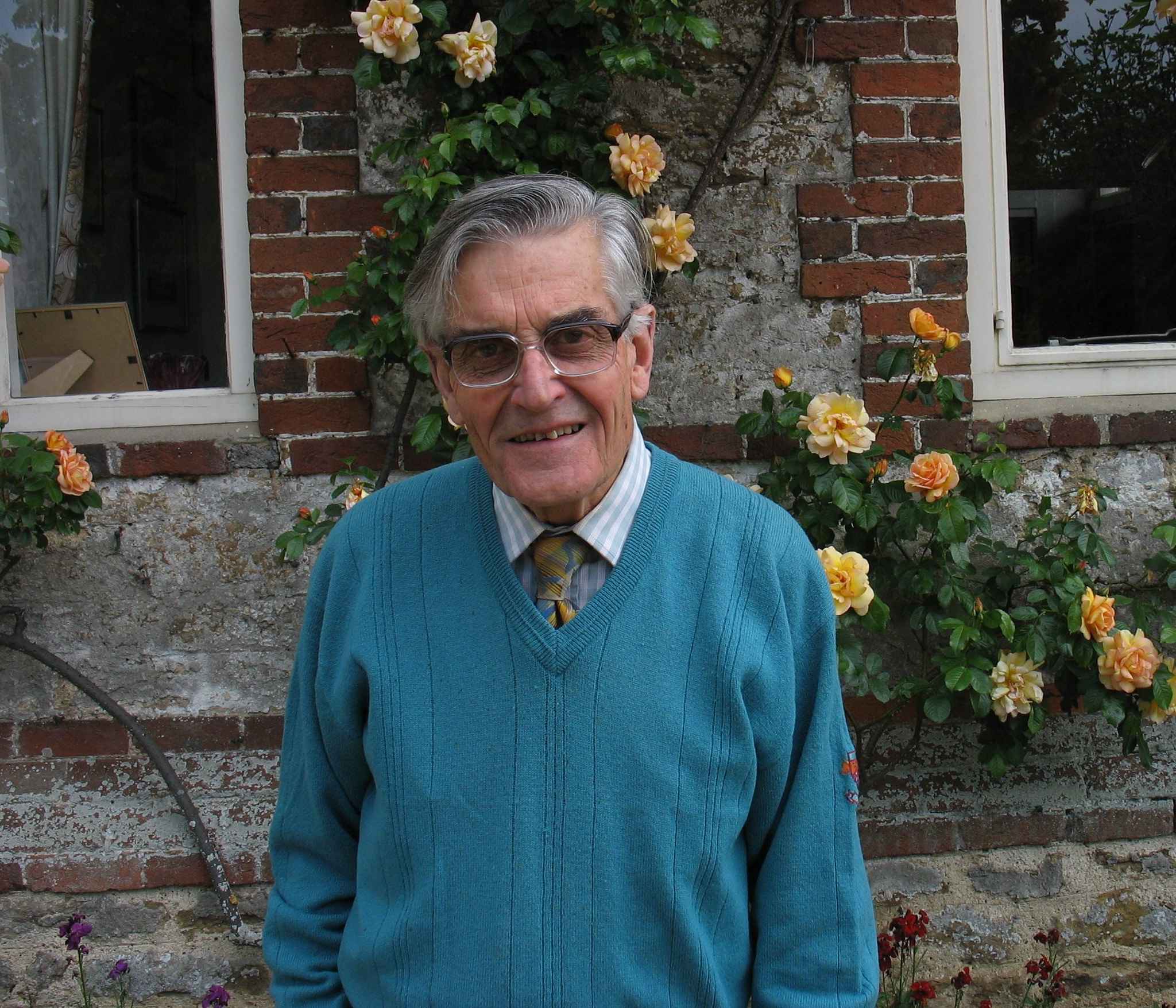On 8 March Simon Wenham presented James Murray’s work on the creation of the New English Dictionary on Historical Principles, now known as the Oxford English Dictionary.
Murray was born in 1837 in Denholm, in the Scottish Borders. From childhood he was fascinated by words and languages, but his father, a tailor, could not afford to keep him at school beyond age 14. At 17, he became a teacher at Hawick Grammar School. In 1862 he married Maggie Scott. In 1864 their baby daughter died of tuberculosis, and Maggie also contracted it. They were advised to escape the Scottish winters, and chose to move to London. However, soon Maggie also died. In 1867 Murray married Ada Ruthven. Murray’s friend Alexander Graham Bell was best man. Murray prized (but did not use) his wedding present of a telephone.
Murray had taken a job in a bank, but continued to study languages, and in 1868 joined the Philological Society. Under the enthusiastic but ineffectual editorship of Frederick Furnival, the Society was amassing material for a New English Dictionary on Historical Principles. The plan was to record the evolving meanings of every English word from Anglo Saxon to modern times, illustrated by copious quotations, sent in on paper slips by volunteer readers. Progress was slow and chaotic.
In 1878 Furnival persuaded Oxford University Press to take on publishing the Dictionary, and to appoint Murray as editor. He was then a teacher at Mill Hill School, north London. A formal agreement was signed in 1879: the project was expected to take 10 years. Murray had a corrugated iron shed built in the school grounds as a ‘scriptorium’ to house and organize the quotation slips. Murray was said to work a 77 hour week: 20 hours teaching, and 57 in the scriptorium, with a small team of assistants, and a torrent of quotation slips sent in by volunteer readers.
The first ‘fascicle’ (instalment) was published in 1884. It covered A to ant. Many subscribers could reasonably wonder whether they would live to receive the whole dictionary. At the Press’s insistence, Murray recruited more assistants, and moved to Oxford, at 78 Banbury Road, where he installed an enlarged scriptorium. The editorial team was expanded, and fascicles continued to appear regularly, but still slowly.
One of the most effective volunteer contributors was William Chester Minor, who (Murray eventually learnt) was imprisoned in Broadmoor asylum after having been found not guilty of murder by reason of insanity. This story became a book by Simon Winchester and, in 2019, a film (mis)titled The Professor and the Madman.
As a (congregationalist) non-conformist, Murray was not fully accepted by the University establishment. Benjamin Jowett befriended him, but no college offered him a fellowship, and he was awarded an honorary D Litt only in 1914.
By 1914, the project had reached Sh. Murray died in 1915 and is buried in Wolvercote cemetery. Murray’s co-editors completed the work in 1928. In 1933 the dictionary was reprinted in 12 huge volumes with a supplement, and rebranded the Oxford English Dictionary. The latest version is now available online, and under continuous revision.
